Sokugi Taikyoku Kata
(Ichi, Ni, San)
The three
The
The
The kicks are
The three
The
The
The kicks are
The first
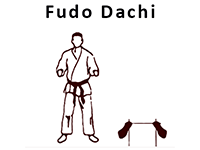 Fudo Dachi
Fudo Dachi
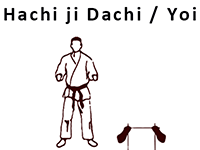 Joi Dachi
Joi Dachi
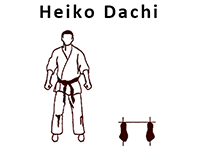 Heiko Dachi
Heiko Dachi
 Zenkutsu Dachi
Zenkutsu Dachi
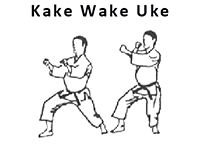 Kake Wake Uke
Kake Wake Uke
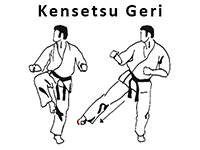 Kensetsu Geri
Kensetsu Geri
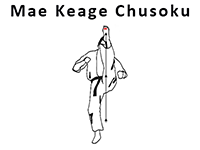 Mae Keage
Mae Keage
Kamae - 構え, means posture or base. Kamae is to be differentiated from the word Dachi - 立ち. Dachi refers to the position of the body from the waist down, Kamae refers to the posture of the entire body, as well as encompassing one's mental readiness.Kamae
Hajime - 始め, means begin.Hajime
Naore - 直れ, is a command to go back into the beginning Kamae.Naore
Yasumi - 休み, is a command to rest or relax.Yasume
The second
 Fudo Dachi
Fudo Dachi
 Joi Dachi
Joi Dachi
 Heiko Dachi
Heiko Dachi
 Zenkutsu Dachi
Zenkutsu Dachi
 Kake Wake Uke
Kake Wake Uke
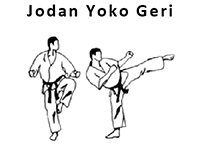 Jodan Yoko Geri
Jodan Yoko Geri
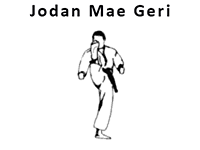 Jodan Mae Geri
Jodan Mae Geri
Kamae - 構え, means posture or base. Kamae is to be differentiated from the word Dachi - 立ち. Dachi refers to the position of the body from the waist down, Kamae refers to the posture of the entire body, as well as encompassing one's mental readiness.Kamae
Hajime - 始め, means begin.Hajime
Naore - 直れ, is a command to go back into the beginning Kamae.Naore
Yasumi - 休み, is a command to rest or relax.Yasume
The third
 Fudo Dachi
Fudo Dachi
 Joi Dachi
Joi Dachi
 Heiko Dachi
Heiko Dachi
 Zenkutsu Dachi
Zenkutsu Dachi
 Kake Wake Uke
Kake Wake Uke
 Yoko Geri
Yoko Geri
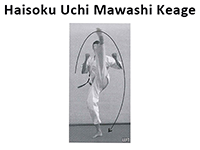 Haisoku Uchi Mawashi Keage
Haisoku Uchi Mawashi Keage
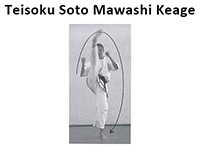 Teisoku Soto Mawashi Keage
Teisoku Soto Mawashi Keage
Kamae - 構え, means posture or base. Kamae is to be differentiated from the word Dachi - 立ち. Dachi refers to the position of the body from the waist down, Kamae refers to the posture of the entire body, as well as encompassing one's mental readiness.Kamae
Hajime - 始め, means begin.Hajime
Naore - 直れ, is a command to go back into the beginning Kamae.Naore
Yasumi - 休み, is a command to rest or relax.Yasume